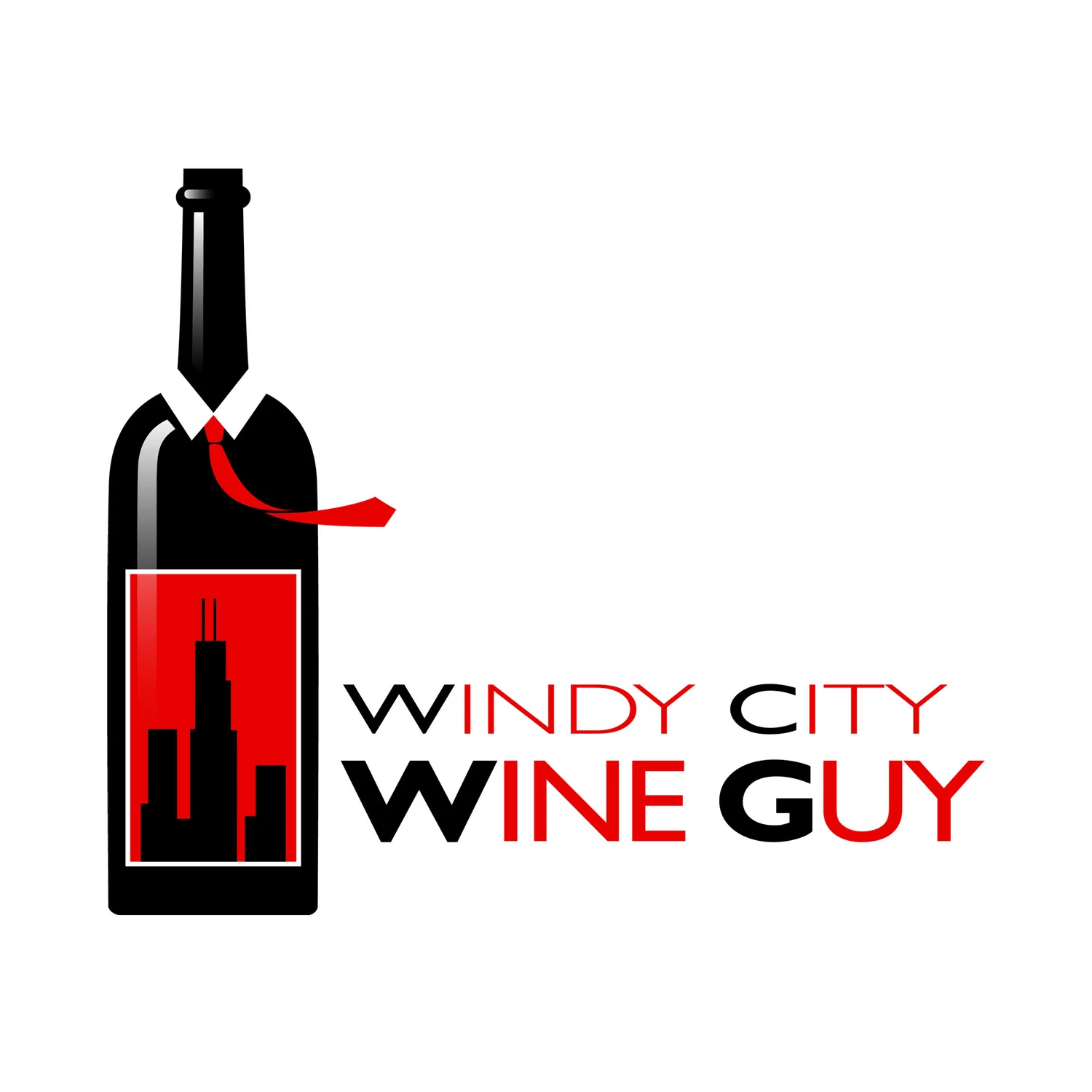New Year's Eve Sparkling Bargains
/
So the New Year is just around the corner and you still haven't gotten around to picking that special beverage for your midnight toast. Not a problem! There are many very good, affordable choices out there to be had and sure not to disappoint. Now you can always drop the plastic and pick up a bottle of Champagne, most of which cost over $30 per bottle. But there's so many bottles of sparkling wine to grab that taste great and cost around $20 or less. Let's get down to some of these choices:
There is always value to be found in Italy and for this occasion, grab the Prosecco. It's a light, fresh sparkling wine made from a grape with the same name. It typically has fairly intense primary flavors like pear, peach and apple. I recommend Mionetto ($9.99) or Bisol ($12.99).
Cava has been a hot item, made in Spain from typically three different local varietals: Macabeo, Xarel-lo and Parellada. It's made in the traditional method, where fermentation takes place in bottle, giving it extra complexity as the wine ages on the lees. My favorite producer is Gran Sarao ($8.99) as they add a touch of Chardonnay to the blend giving it more body.
Next stop we have Methode Cap Classique, or sparkling wines from South Africa fermented in the bottle. Many of these are made with Sauvignon Blanc or Chenin Blanc, but Chardonnay and Pinot Noir use is growing. Go for the Graham Beck Brut ($14.99), a blend of Chardonnay and Pinot Noir with nice weight and lemon custard pie flavor.
In central Europe, the Germans and Austrians also are involved in excellent sparkling wine production, known as sekt. The Germans normally (90%) use imported juice to make their sparkling wines, while the Austrians use local varietals and the traditional method to make theirs. I'm a big fan of Szigeti Austrian sparkling Gruner Veltliner ($18.99) for it's clean apple flavor and light pepper spice.
We are, of course, no slouches to making sparkling wines in the United States. California has great producers like Domaine Chandon, Iron Horse, Schramsberg and Domaine Carneros. Soter and Argyle are some of the best from Oregon, while Domaine Ste. Michelle holds the reigns in Washington state. Chandon's Riche ($14.99), Schramsberg Mirabelle ($21.99) and Ste. Michelle's Blanc de Blanc ($7.99) provide a good range of weight, fruit, and style at inexpensive pricing. I also really like Gruet Rose ($13.99) from New Mexico, as it provides a sparkling wine with excellent red fruit taste.
Now before we bypass France altogether, it's important to remember that there are alot more sparkling wines than just those that come from the Champagne region, mostly known as Cremant. Examples can be seen all over the country, but I highly recommend one from Alsace by Gustave Lorentz ($14.99) made mostly of Pinot Blanc. It has excellent citrus and apple with bright floral aromatics.
Whatever you choose, I'm sure that you will enjoy your New Year. But just remember: be responsible and ask the Windy City Wine Guy for any further recommendations you may need.
(image courtesy of flickr)





 I recently accepted the
I recently accepted the 









![Mexican Coca-Cola Bottle 355ML 2179FG2G8XL._SL160_AA115_[1]](http://s3.media.squarespace.com/production/597373/6937699/2009/06/2179fg2g8xl-_sl160_aa115_1.jpg)
![Flacos Tacos m[1]](http://s3.media.squarespace.com/production/597373/6937699/2009/06/m11.jpg)
![San Pelligrino Aranciata 42002[1]](http://s3.media.squarespace.com/production/597373/6937699/2009/06/420021.jpg/w/150)
![On The Pulpit tt1000037[2]](http://s3.media.squarespace.com/production/597373/6937699/2009/06/tt10000372.jpg/w/100)

![2401879447_c719759cef[1] 2401879447_c719759cef[1]](http://s3.media.squarespace.com/production/597373/6937699/2009/06/2401879447_c719759cef1.jpg/w/300)
![2809066322_5e06e9f968[1] 2809066322_5e06e9f968[1]](http://s3.media.squarespace.com/production/597373/6937699/2009/06/2809066322_5e06e9f9681.jpg/w/300) I know all of us have heard the term "body" used to describe a wine, but what exactly is that referring to? Certainly not the muscular nature of Michelangelo's David, but wine does have it.
I know all of us have heard the term "body" used to describe a wine, but what exactly is that referring to? Certainly not the muscular nature of Michelangelo's David, but wine does have it.  Everyone loves to do it. Invite some friends to your home, offer some beverages and tasty food, entertain. But how do you impress? How do you make sure everyone has a great time and a memorable experience? There are many ways to approach this, but the most important is planning. With adequate time and imagination, you will be more than half way to success!
Everyone loves to do it. Invite some friends to your home, offer some beverages and tasty food, entertain. But how do you impress? How do you make sure everyone has a great time and a memorable experience? There are many ways to approach this, but the most important is planning. With adequate time and imagination, you will be more than half way to success!  This just in. I received an update on the
This just in. I received an update on the  Becoming certified in a professional area is not only important, but also very difficult. This is no easy task in the wine industry. There are many agencies and certificates for sommeliers and wine professionals to pursue, for example, the
Becoming certified in a professional area is not only important, but also very difficult. This is no easy task in the wine industry. There are many agencies and certificates for sommeliers and wine professionals to pursue, for example, the